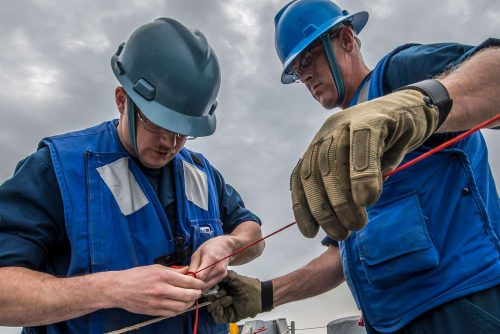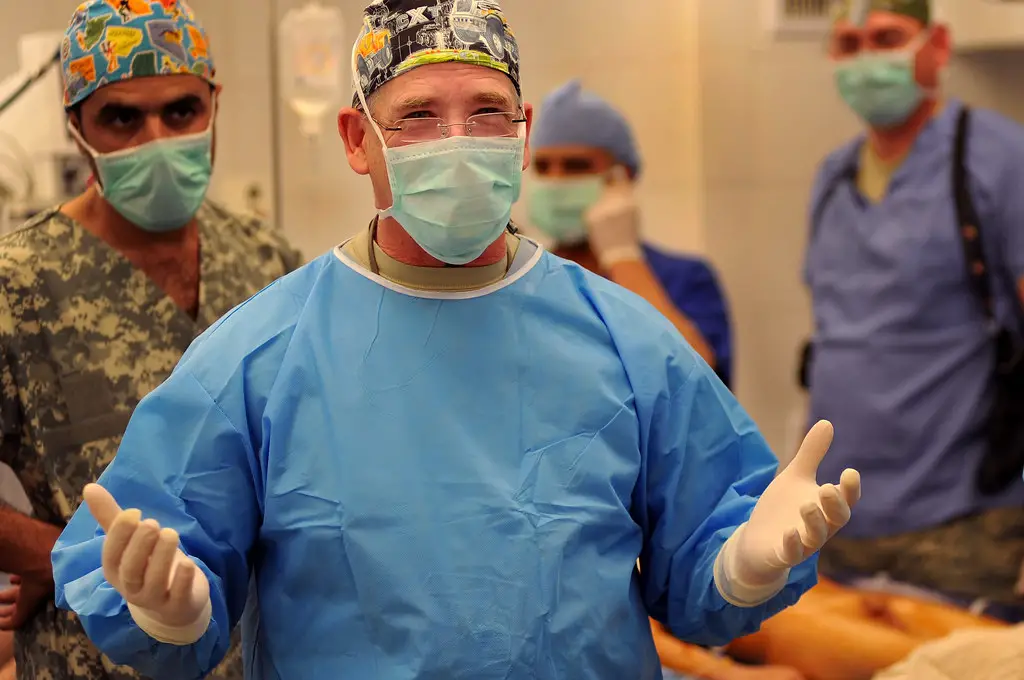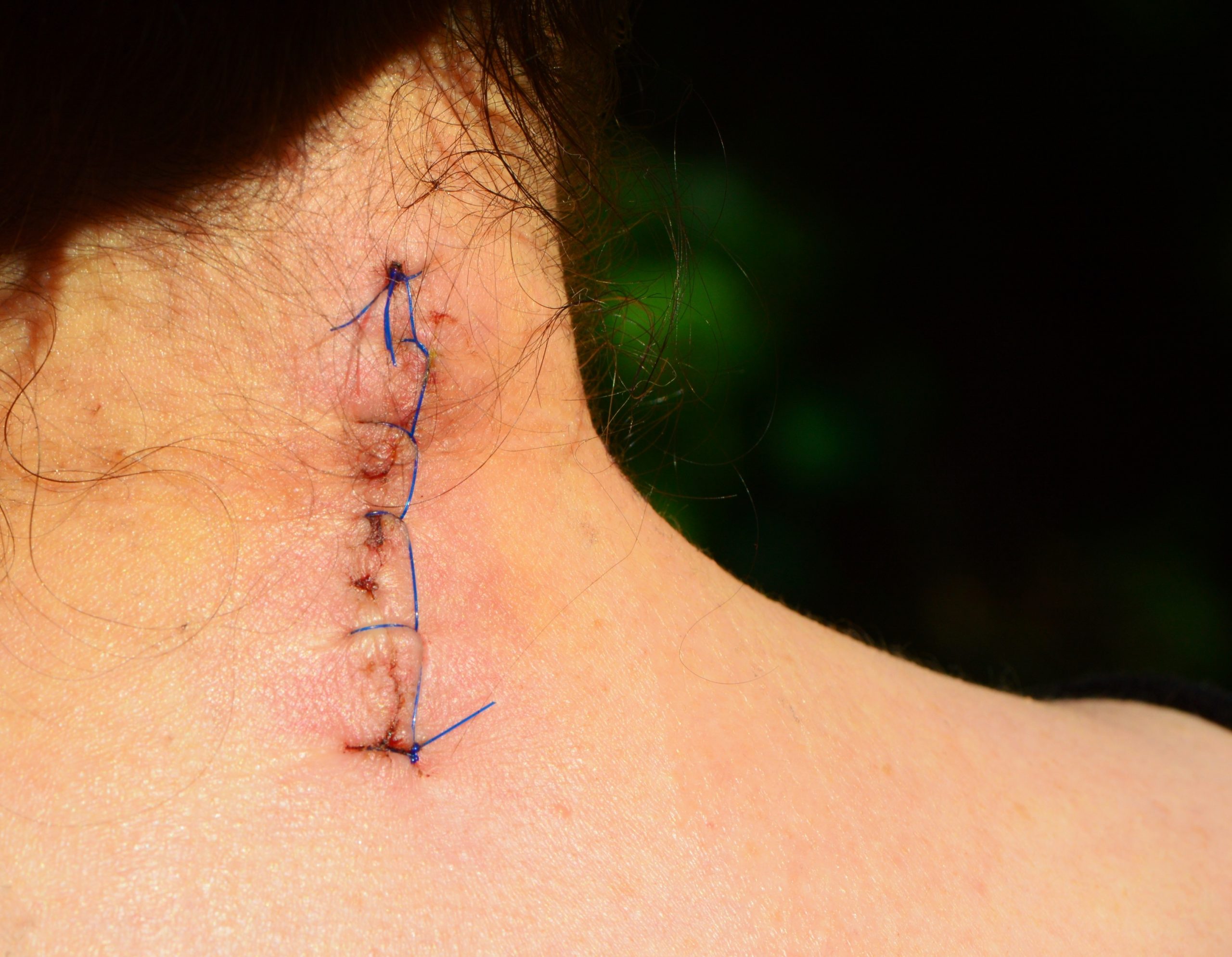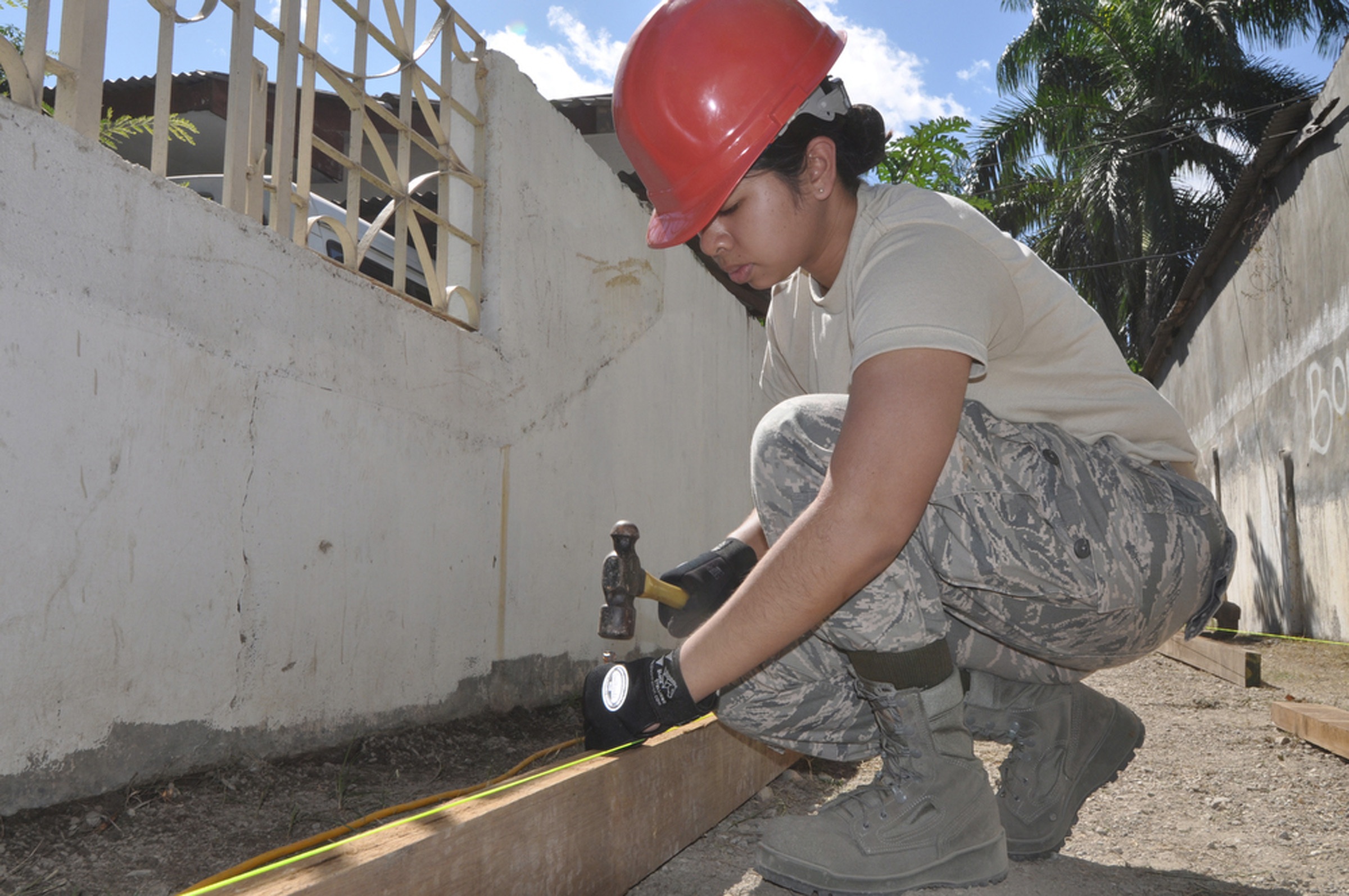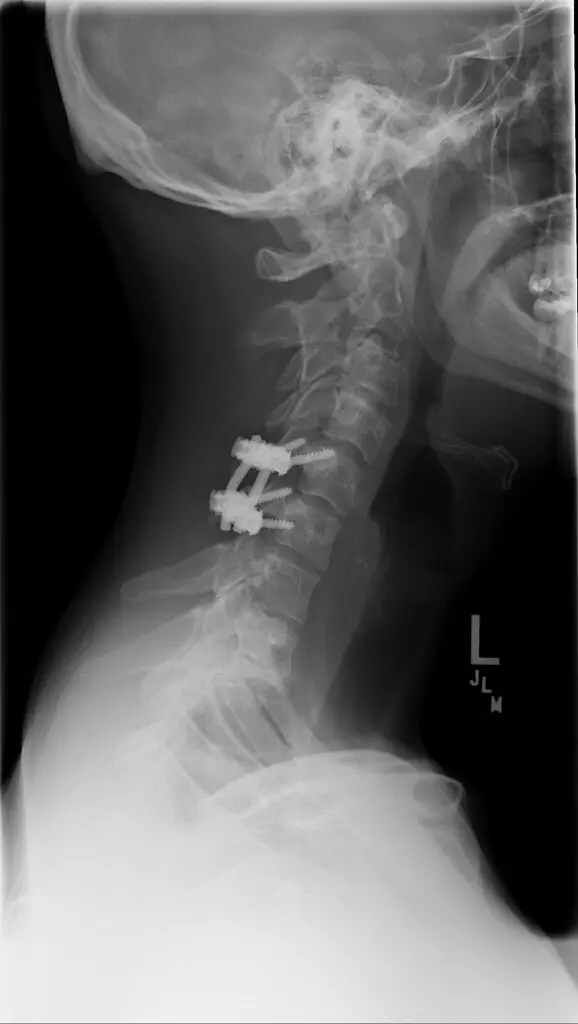Osteoarthritis is a degenerative disease which affects the joints, causing pain and stiffness. It is a major cause of disability, especially in the lower limbs.
If you suffer osteoarthritis and this illness is impacting your ability to work, you may be wondering what your rights are.
In this article we are going to talk about thecervical arthrodesis and disability. We'll answer some common questions about this procedure and help you understand your rights as a patient!
What is cervical arthrodesis? Definition
Cervical arthrodesis is a procedure that involves fusing the bones of the neck. It is generally used to treat conditions that cause pain and instability in the neck, such as degenerative disc disease or cervical spondylosis.
THEintervention involves making an incision in the front (anterior approach) or the back of the neck (posterior approach), then placing screws and/or metal plates between the bones to hold them in place while they heal.
In some cases, a bone graft may also be used to promote healing. Recovery after cervical spinal fusion usually takes several months, and patients will need to wear a neck brace during this time.
To learn more about cervical arthrodesis, see the following article: https://www.lombafit.com/arthrodese-cervicale
Can you work with cervical arthrodesis?
Although a cervical arthrodesis is a serious operation that will undoubtedly affect the patient's ability to work, this is not necessarily a reason to lose hope. In many cases, patients are able to return to work after a period of recovery and rehabilitation.
Of course, the specific nature surgery will play a role in determining the patient's time to return to work. For example, patients who have undergone discectomy anterior cervical and merger (ACDF) can be able to return to office work within a few weeks.
In contrast, those who underwent more extensive surgeries, such as a fusion posterior cervical (FPC), may take several months before they can return to work.
In any case, it is important to consult your surgeon and follow the recommended schedule for returning to work. With patience and perseverance, it is possible to overcome the challenges posed by cervical spinal fusion and resume your career.
Cervical arthrodesis and disability
Cervical arthrodesis may help reduce pain and prevent further damage to the spine. However, it can also lead to long-term disability. In some cases, patients are unable to walk or even stand after the operation.
They may also lose feeling in their extremities. Therefore, they sometimes have to rely on other people for basic care. Also, they may be unable to return to work or participate in activities they previously enjoyed.
While spinal fusion can save lives, it's important to understand the potential risks before undergoing surgery.
Work to avoid after cervical arthrodesis
After cervical arthrodesis, it is important to avoid activities that place unnecessary stress on the vertebrae merged. Here are some activities to avoid:
- Any activity that involves significant flexion or extension of the neck. This includes activities such as sit-ups, chin-ups, and push-ups.
- Any activity that puts direct pressure on the fused area of the spine, such as contact sports or weightlifting.
- Bend or twist the spine in any way. Activities such as golf, tennis and swimming should be avoided.
- Any activity requiring repetitive neck movements, such as running or jogging. These activities can put stress on the cervical spine and cause additional injury.
Here are some examples :
- Forced or lifting work : Work of force or lifting represents an important source of stress on the cervical vertebrae, and it is therefore recommended to avoid this activity after a cervical arthrodesis. This work can indeed lead to decompensation of the fusion, which can lead to further pain and reduced mobility in the neck.
- Work that requires lean forward or back : Avoiding work that requires bending forward or backward after cervical spinal fusion is recommended for several reasons. First, it minimizes the sources of stress on the fused vertebrae. In addition, it also helps prevent neck bending, which can lead to discomfort and pain.
- Heavy physical work : In addition to strength and lifting work, also avoid strenuous physical work after cervical arthrodesis. These activities are often responsible for overweight, which can lead to a decrease in the quality of the fusion.
- Jobs that require standing for a long time: Avoid work that requires standing for a long time after cervical arthrodesis. This can indeed lead to muscle fatigue and pain due to the compression of the fused vertebrae.
- Work at risk of falling: Finally, avoid work at risk of falling after cervical arthrodesis. These activities can lead to serious injuries to the neck and spine.
Some Recommended Jobs After Cervical Arthrodesis
If you have had cervical arthrodesis, you will likely need to wear a neck brace. This can make it difficult to complete many tasks, including your job. Here are five jobs you can do even if you're wearing a neck brace:
- Customer Service Representative : You can still use the phone and the computer, even with a neck brace.
- Data entry : It is a sedentary job that does not require much movement.
- Social Media Manager: Similar to customer service, this job can be done entirely on a computer.
- Office manager : You can still oversee the day-to-day operations of an office, even with a neck brace.
- Teacher : You can still teach, even if you have to wear a neck brace for a certain period of time. There are many ways to tailor your teaching program to your injury.
In some cases, a professional redeployment should be considered following cervical arthrodesis. You should discuss your particular situation with your doctor in order to find a solution.

